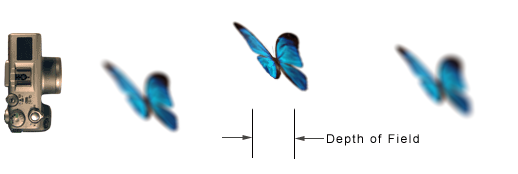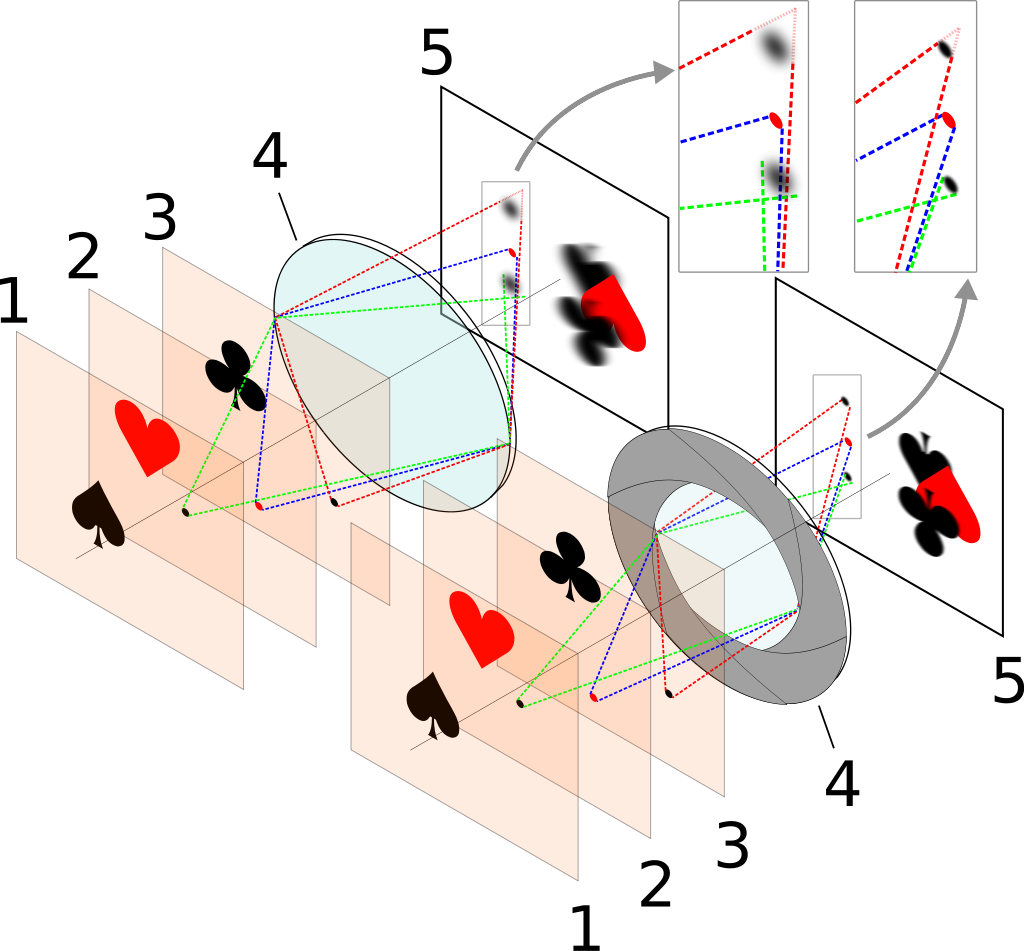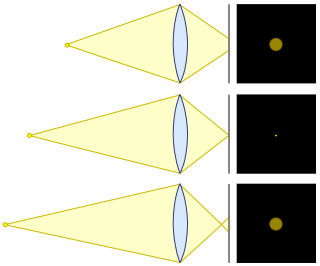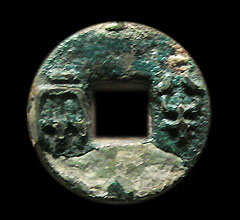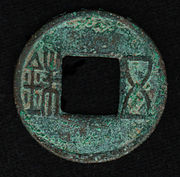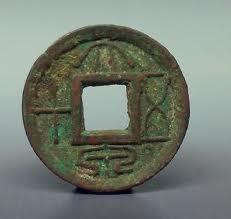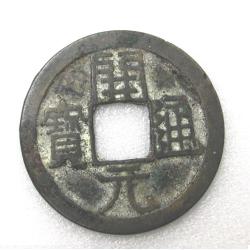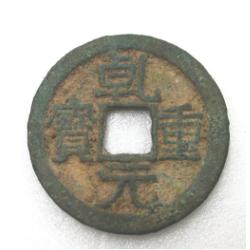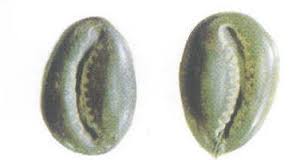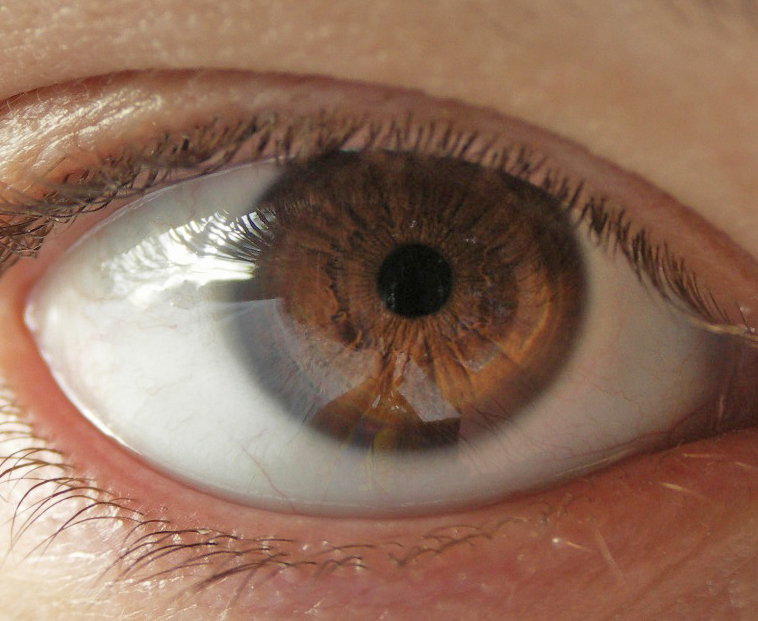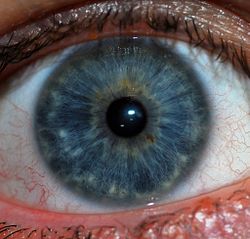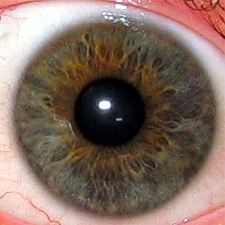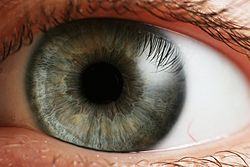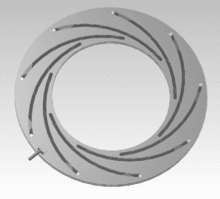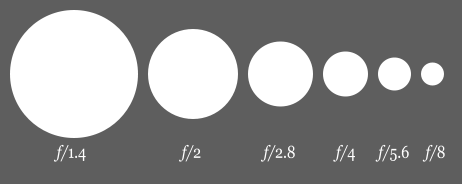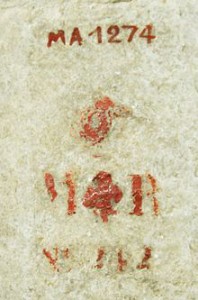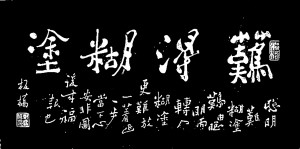術語因其目的而生,應其行業而別,所以在攝影天地裡講
超焦距
超焦距或稱 泛焦距離,攝影術語。是一個和焦距與光圈有關的對焦距離,當鏡頭以這個距離對焦時景深最大、可以從相機和對焦點之間的某處(景深前緣)起延伸到無限遠(景深後緣)。
從1933年開始,徠卡將 超焦距尺刻印在鏡頭上,此後大部分各廠家出產的鏡頭或照相機,都有超焦距刻度。見圖一,將無窮遠對準箭頭(將鏡頭對焦在無窮遠),這時f8對準10米,這 裡10米就是這個鏡頭在f8時的超焦距;用這枚鏡頭拍照,如將鏡頭對焦在無窮遠,用f8光圈,那麼從10米以外直到無窮遠的物體,在相片上保證清晰。如嫌 景深不夠,可以收小光圈,例如用f16,則超焦距=5米,景深從5米到無窮遠。
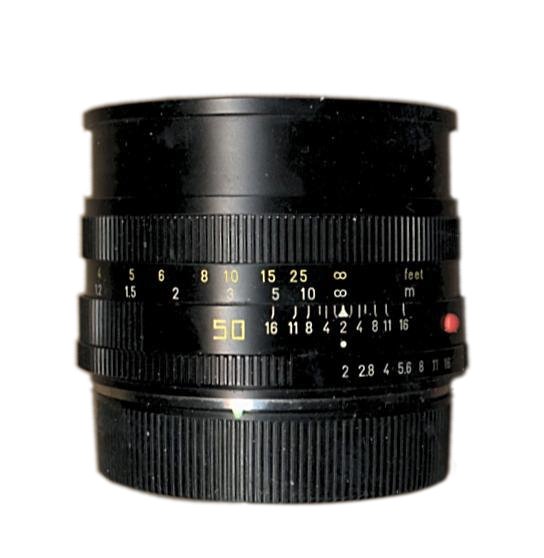
徠卡SUMMICRON 50毫米鏡頭的超焦距
Hyperfocal distance
In optics and photography, hyperfocal distance is a distance beyond which all objects can be brought into an “acceptable” focus. There are two commonly used definitions of hyperfocal distance, leading to values that differ only slightly:
Definition 1: The hyperfocal distance is the closest distance at which a lens can be focused while keeping objects at infinity acceptably sharp. When the lens is focused at this distance, all objects at distances from half of the hyperfocal distance out to infinity will be acceptably sharp.
Definition 2: The hyperfocal distance is the distance beyond which all objects are acceptably sharp, for a lens focused at infinity.
The distinction between the two meanings is rarely made, since they have almost identical values. The value computed according to the first definition exceeds that from the second by just one focal length.
As the hyperfocal distance is the focus distance giving the maximum depth of field, it is the most desirable distance to set the focus of a fixed-focus camera.[1]
。談可接受清晰度︰
Acceptable sharpness
The hyperfocal distance is entirely dependent upon what level of sharpness is considered to be acceptable. The criterion for the desired acceptable sharpness is specified through the circle of confusion (CoC) diameter limit. This criterion is the largest acceptable spot size diameter that an infinitesimal point is allowed to spread out to on the imaging medium (film, digital sensor, etc.).
Formulae
For the first definition,
where
is hyperfocal distance
-
is focal length
- N {\displaystyle N}
is f-number (
for aperture diameter
)
-
is the circle of confusion limit
For any practical f-number, the added focal length is insignificant in comparison with the first term, so that
This formula is exact for the second definition, if H {\displaystyle H} 

從其推導
Derivation using geometric optics
The following derivations refer to the accompanying figures. For clarity, half the aperture and circle of confusion are indicated.[2]
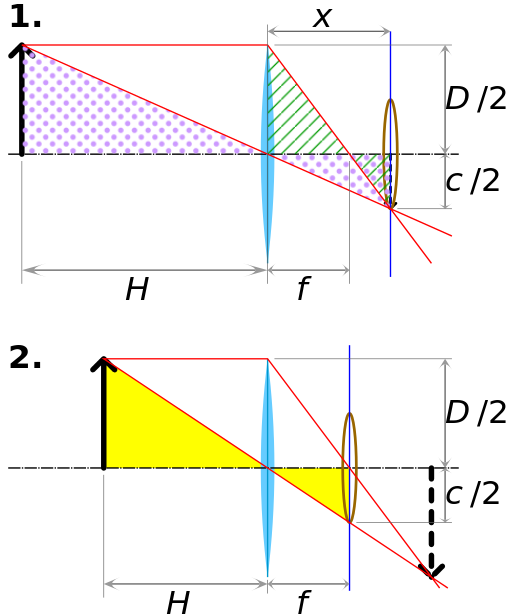
Accompanying figures
Definition 1
An object at distance H forms a sharp image at distance x (blue line). Here, objects at infinity have images with a circle of confusion indicated by the brown ellipse where the upper red ray through the focal point intersects the blue line.
First using similar triangles hatched in green,
Then using similar triangles dotted in purple,
as found above.
Definition 2
Objects at infinity form sharp images at the focal length f (blue line). Here, an object at H forms an image with a circle of confusion indicated by the brown ellipse where the lower red ray converging to its sharp image intersects the blue line.
Using similar triangles shaded in yellow,
可知是來自模糊圈的定義。若是對比著上篇所言︰
為什麼一張圖
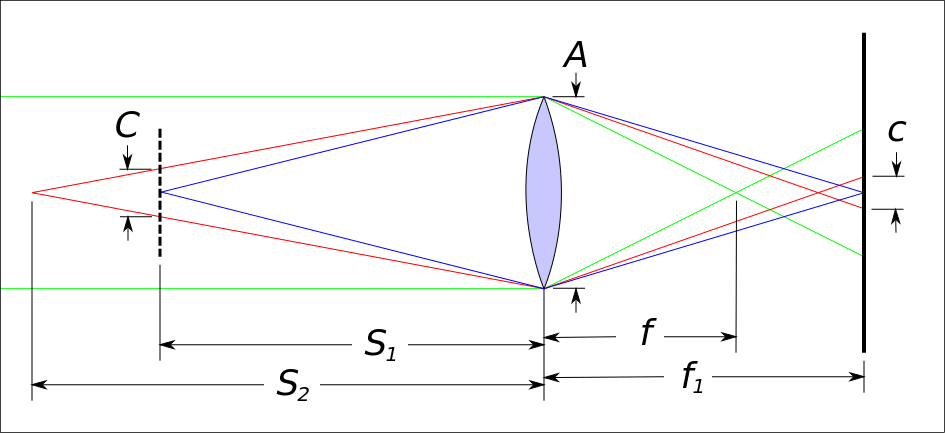
一個式子
![]()
![]()
這裡 ![]() 。
。
會 令人如此困惑耶?假使不知道它說人眼『分辨率』有極限!藉此來定義『模糊』與『清晰』的分野。即使不談『孔徑』,一個透鏡也自有邊界 ![]() 的哩!更由於『成像條件』使得只有一物距
的哩!更由於『成像條件』使得只有一物距 ![]() 能完美聚焦成像
能完美聚焦成像 ![]() 【像距】。就此而論其它
【像距】。就此而論其它 ![]() 遠、近之物在像面上將形成『彌散圓』,要是它小到人可將之視為『點』,此時視力不得不以為成像『清晰』的了。雖然那個式子貌似複雜,涉及多個參數,其中
遠、近之物在像面上將形成『彌散圓』,要是它小到人可將之視為『點』,此時視力不得不以為成像『清晰』的了。雖然那個式子貌似複雜,涉及多個參數,其中 ![]() 與
與 ![]() 是這個光學系統內稟參數,實際是以『聚焦之物』
是這個光學系統內稟參數,實際是以『聚焦之物』 ![]() ,論述『相對』它物
,論述『相對』它物 ![]() 所產生的『模糊圈』大小而已。在下面兩種情況裡,
所產生的『模糊圈』大小而已。在下面兩種情況裡, ![]() 得以簡化︰
得以簡化︰
【聚焦於無窮遠】 ![]()
![]() ,與
,與 ![]() 無關。
無關。
【相對無窮遠之物】 ![]()
![]() ,與
,與 ![]() 無關。
無關。
或可先思其蘊涵意義耶!!
。第一定義以物在 ![]() 處之成像面
處之成像面 ![]() 為準,說相對無窮遠
為準,說相對無窮遠 ![]() 的它物所形成最大模糊圈是
的它物所形成最大模糊圈是 ![]() ,因此
,因此 ![]() 之後之外的物體都能有一定的清晰渡
之後之外的物體都能有一定的清晰渡 ![]() 也。第二定義以聚焦於無窮遠處 ,講自無窮
也。第二定義以聚焦於無窮遠處 ,講自無窮 ![]() 而來之近物
而來之近物 ![]() 在焦平面上所產生可接受彌散圓為
在焦平面上所產生可接受彌散圓為 ![]() ,道理實相通矣 。
,道理實相通矣 。
若是已清楚明白清晰成像之判準,自能讀景深的推演了︰
Derivation of the DOF formulae
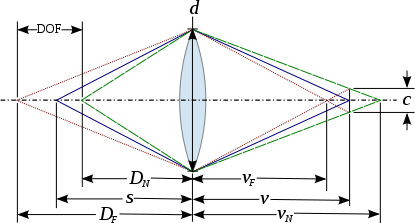
DOF for symmetrical lens.
DOF limits
A symmetrical lens is illustrated at right. The subject, at distance 










-
…………(1)
and
-
………..(2)
It usually is more convenient to work with the lens f-number than the aperture diameter; the f-number 


…………………..(3)
The image distance 

…………..(4)


Solve the equations set (1) to (6) and obtain the exact solutions without any simplification
………(7)
and
……..(8)
Hyperfocal distance
Solving equation (8) for the focus distance 

where 
Substituting the expression for hyperfocal distance into the formulas (7) and (8) for the near and far limits of DOF gives


For any practical value of 
Substituting the approximate expression for hyperfocal distance into the formulas for the near and far limits of DOF gives
-
…….(11)
and
-
……(12)
However, if one states by definition that 
and
Combining, the depth of field 
也能旁通吧︰
Image-side relationships
Most discussions of DOF concentrate on the object side of the lens, but the formulas are simpler and the measurements usually easier to make on the image side. If the basic image-side equations
and
are combined and solved for the image distance 
the harmonic mean of the near and far image distances. The basic image-side equations can also be combined and solved for 
The image distances are measured from the camera’s image plane to the lens’s image nodal plane, which is not always easy to locate. The harmonic mean is always less than the arithmentic mean, but when the difference between the near and far image distances is reasonably small, the two means are close to equal, and focus can be set with sufficient accuracy using
This formula requires only the difference 
Substituting 

One variant of the thin-lens equation is 


At moderate-to-large subject distances, 
For close-up photography, the magnification cannot be ignored, and the f-number should be determined using the first approximate formula.
As with the approximate formula for 


When the far limit of DOF is at infinity, 
On manual-focus small- and medium-format lenses, the focus and f-number usually are determined using the lens DOF scales, which often are based on the approximate equations above.
將得拍照樂趣的乎☆

At f/5.6, the flowers are isolated from the background.


















